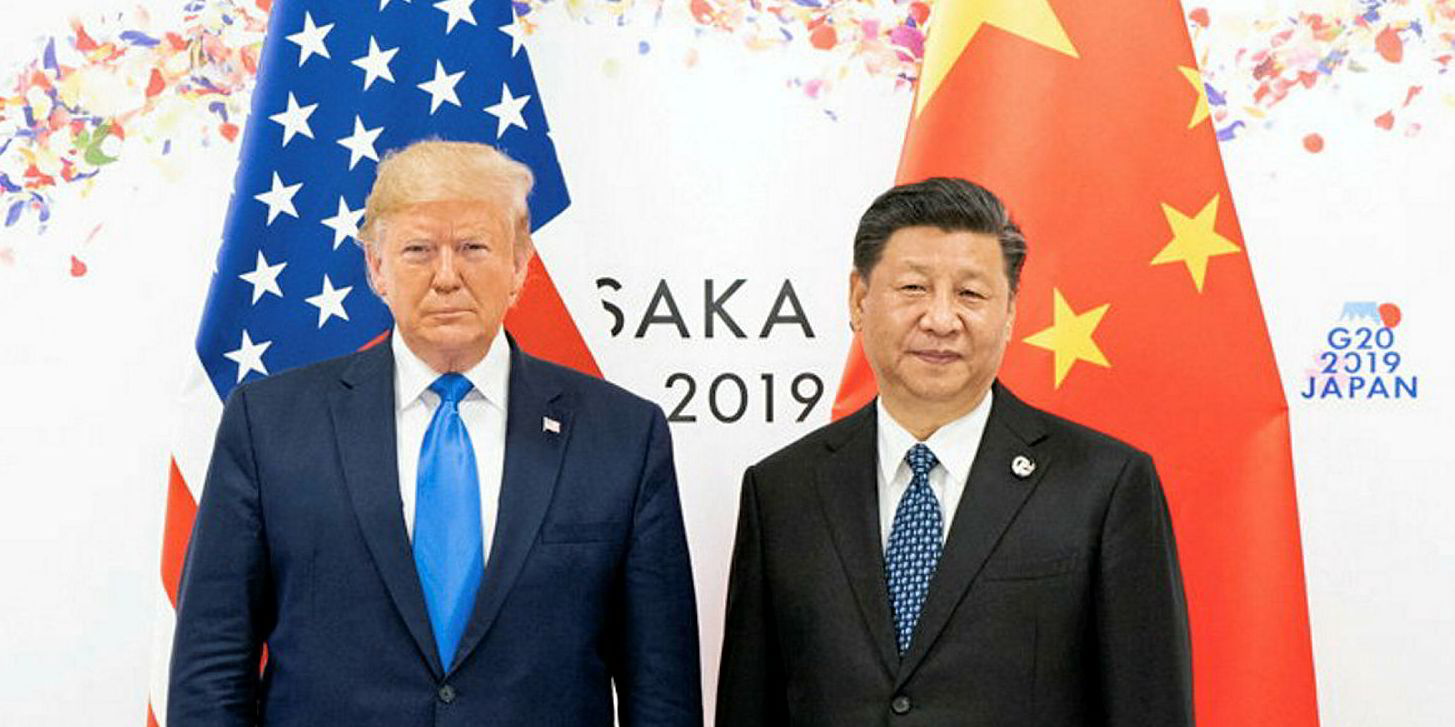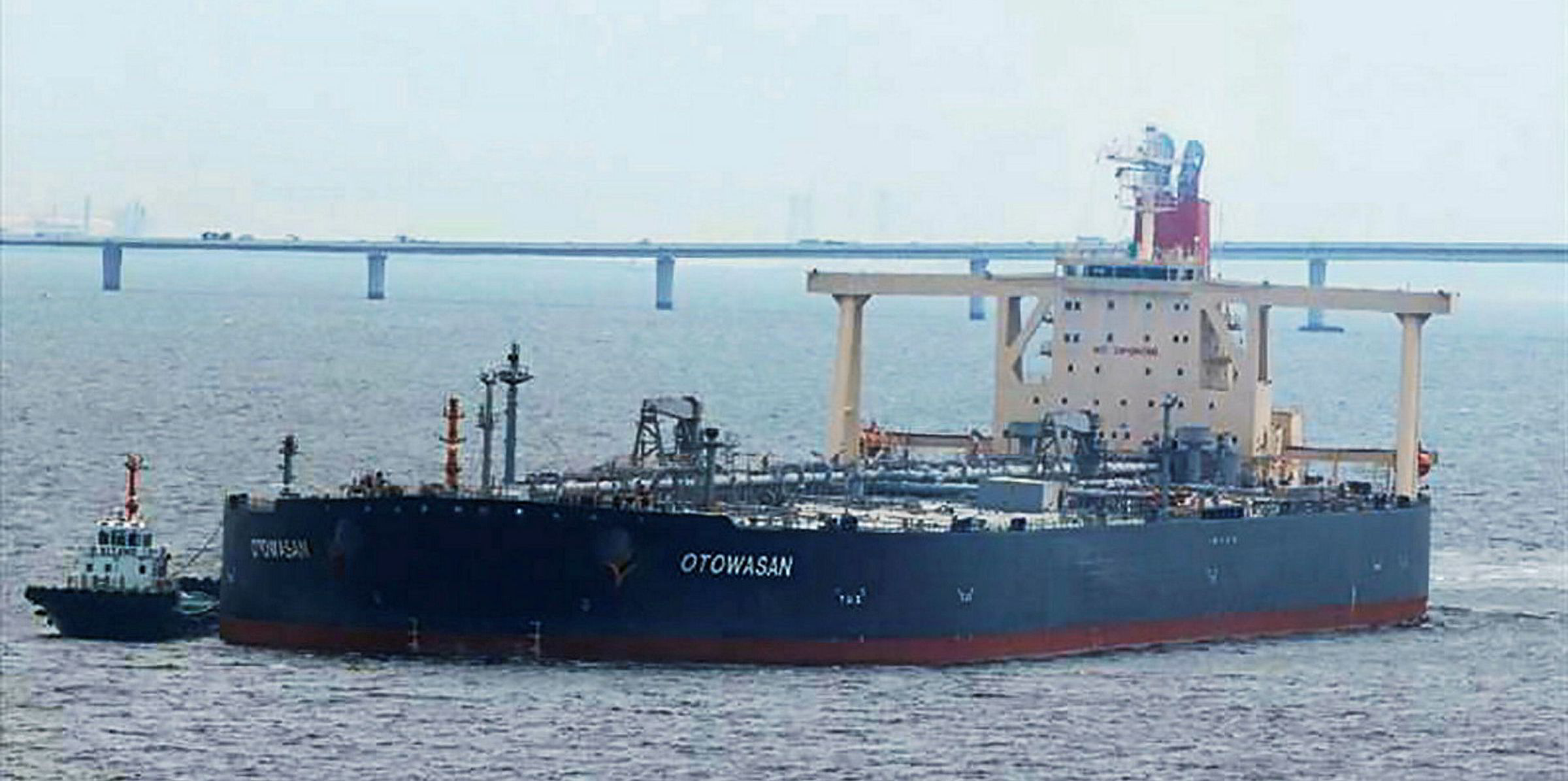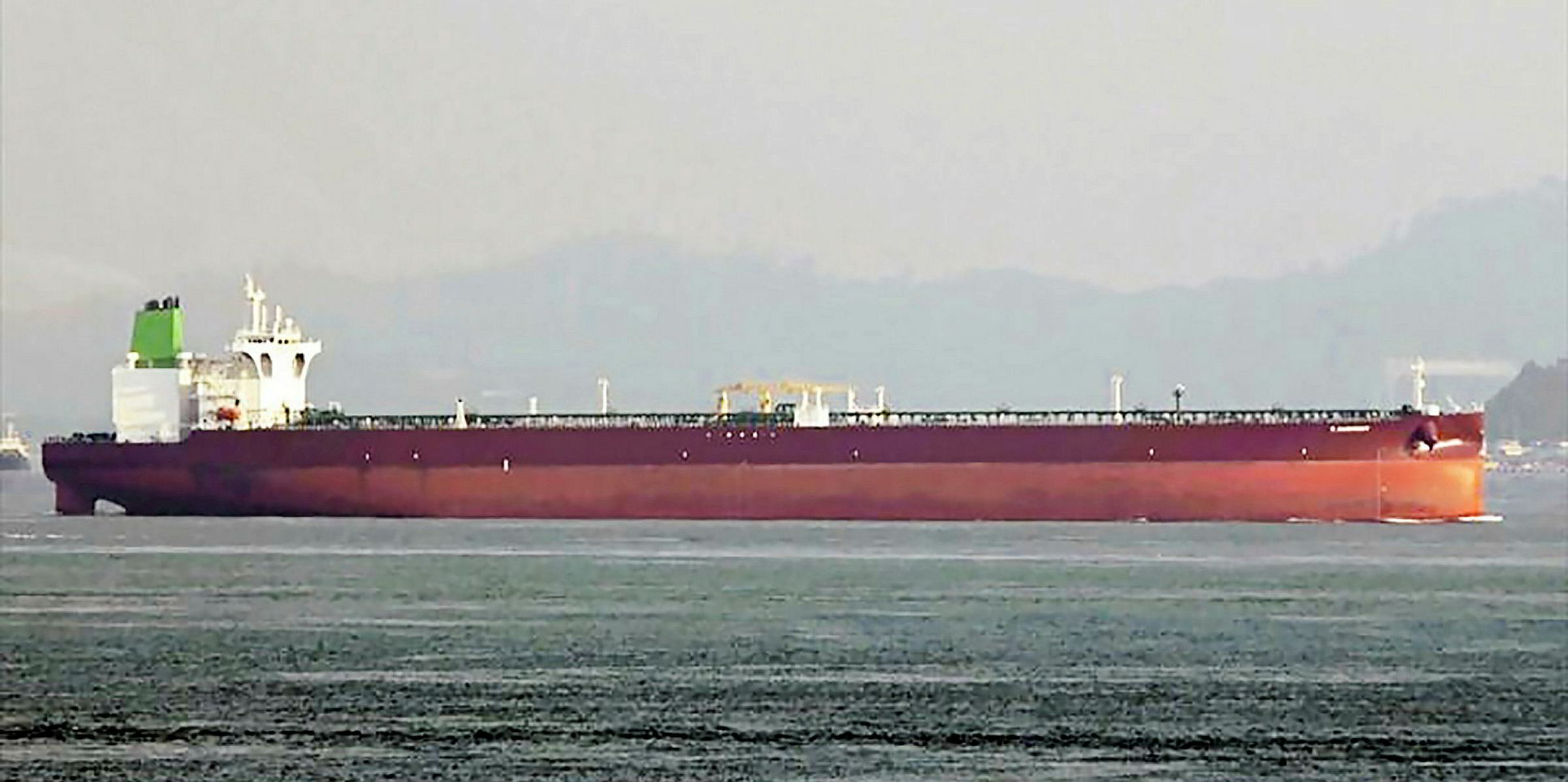Crude exports from the US to China are set to increase from next week as the world’s two largest economies plan to review their trade deal.
The resumption of this longhaul trade has come as China struggles to meet its import commitment, according to industry experts, but its impact on freight rates are expected to be moderate.
The 314,000-dwt (built 2012) Ilma is due to arrive at Corpus Christi in about a week from now to load 2.13m barrels for a voyage to China – the first tanker to be engaged in this trade since 30 July, Kpler data shows.
In total, one suezmax has been scheduled to lift crude from Alaska and eight VLCCs from the US Gulf between 24 August and 16 September for China-bound shipments, according to Kpler.
Three of the vessels were chartered by Sinopec and three by PetroChina. TradeWinds has approached the two Chinese state oil majors for comment.
Bilateral ties
Despite the pricing of US crude was not competitive, China was politically motivated to increase imports ahead of the two countries’ upcoming review of the so-called Phase-1 trade agreement, Reuters reported.
Beijing and Washington were reportedly due to have initial talks over the last weekend, but the virtual meeting was postponed due to scheduling issues.
As part of the deal agreed in mid-January, Beijing has halved the import tariff on US crude to 2.5% since 14 February.
China has also promised to lift its purchases of US energy products by $18.5bn in 2020 and $33.9bn in 2021 from a 2017 baseline.
But many observers believe the deal is hanging in balance due to low oil prices and deteriorating bilateral relationships between two countries amid the coronavirus pandemic.
“In January, China pledged to purchase about $25bn of US energy products this year, but remains well behind schedule due to Covid-19,” equity analysts at investment bank Jefferies said.
Market impact
Most of the vessels were fixed two weeks ago or earlier, offering moderate support to the VLCC market, some market sources suggested.
“We have already seen some effect of this in the tanker market where the freight rates in the Atlantic are generally higher than VLCC rates in the Middle East Gulf,” Clarksons Platou Securities said.
According to the Baltic Exchange, the time charter equivalent earnings on the US Gulf-China route has so far averaged $25,382 per day this month, compared with $16,845 on the Middle East Gulf-China trade.
But others see the impact as small in relation to other market drivers, such as Opec production and storage issues in China.
“More than 50% of US exports ends up in Asia anyways,” said Fearnley Securities. “There isn’t much more to it.”
A London-based analyst said: “It’s more tonne miles, but the key factors are still delays and storage.”
With large purchases of cheap overseas crude earlier this year, tanker congestion in China has been severe since June amid limited signs of abating.
“The one factor that could slow the pace of stock draws is the connectivity of storage tanks to refineries,” Braemar ACM’s East-of-Suez tanker research head Anoop Singh said.
“This is likely to be a particular handicap for storage tanks in North China where all but one refiner will have to truck the crude away.”
“That means the armada of laden tanker offshore is also likely to fall only gradually taking another six to eight weeks to be fully offloaded.”








